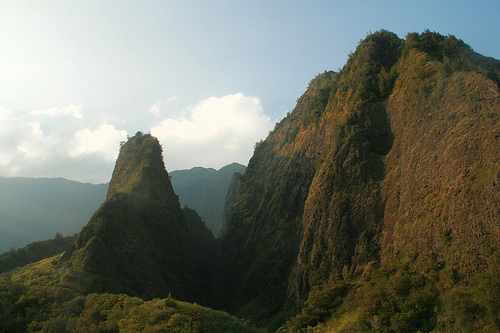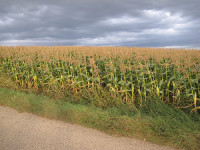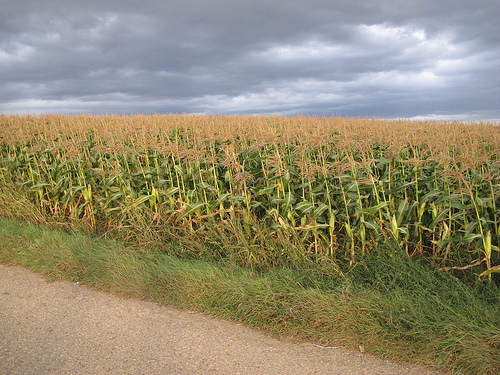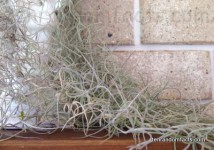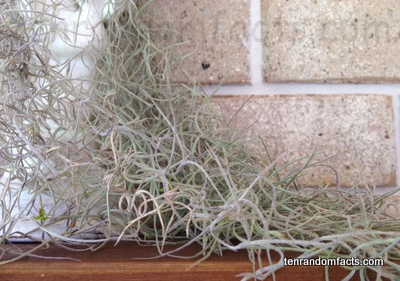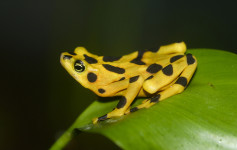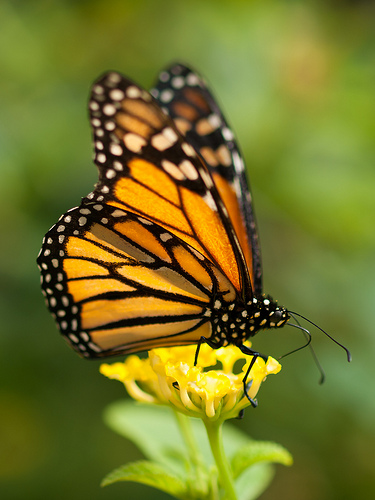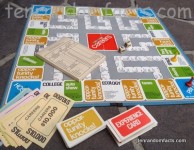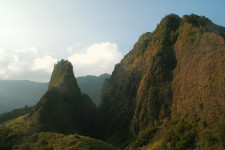
ʻĪao Valley is the perfect mix of rainforest and rain.
- ʻĪao Valley is a valley located in the western area of Maui, an island of Hawaii, which is part of the United States.
- ʻĪao Valley has an abundance of lush rainforest flora, although it is said that most of the plants are not native to the area.
- The United States listed ʻĪao Valley as a National Natural Landmark in 1972, and as such, it is
 maintained by the Department of Land and Natural Resources.
maintained by the Department of Land and Natural Resources. - ʻĪao Valley State Monument, the national park encompassing the valley, covers an area of 2.5 hectares (6.2 acres), and a road makes the park easily accessible to visitors.
- The term ‘ʻĪao’ is from the Hawaiian language, and when translated into English it means ‘toward the dawn’ or ‘cloud supreme’.
Part of ʻĪao Valley
Image courtesy of Mary and Andrew/Flickr
- The ʻĪao Needle’, a volcanic plug of ʻĪao Valley, is a notable landmark in the area, reaching an above sea level height of 685 metres (2250 feet) and approximately 365 metres (1200 feet) above ground.
- According to Hawaiian mythology, the god and provider of life, Kāne, is associated with ʻĪao Valley.
- In its history, ʻĪao Valley has been used as a royal burial site, as well as a major battleground in 1790, when King Kamehameha I conquered the island in his bid to establish the Kingdom of Hawaii.
- ʻĪao Valley is a common place visited by tourists, who will often explore the site through hiking, and lookouts and a botanical garden are located on the main trail.
- The peak of Puʻu Kukui, located above the ʻĪao Valley, receives an average of around 9.8 metres (32 feet) of rainfall annually, making it one of the ten wettest places on earth.
Bibliography:
‘Iao Valley State Park, 2015, Maui Guidebook, http://mauiguidebook.com/central-maui/iao-valley-state-park/
Iao Valley, 2015, Wikipedia, https://en.wikipedia.org/wiki/Iao_Valley
Iao Valley State Park, 2015, Hawaiian Tourism Authority, http://www.gohawaii.com/en/maui/regions-neighborhoods/central-maui/iao-valley-state-park/





